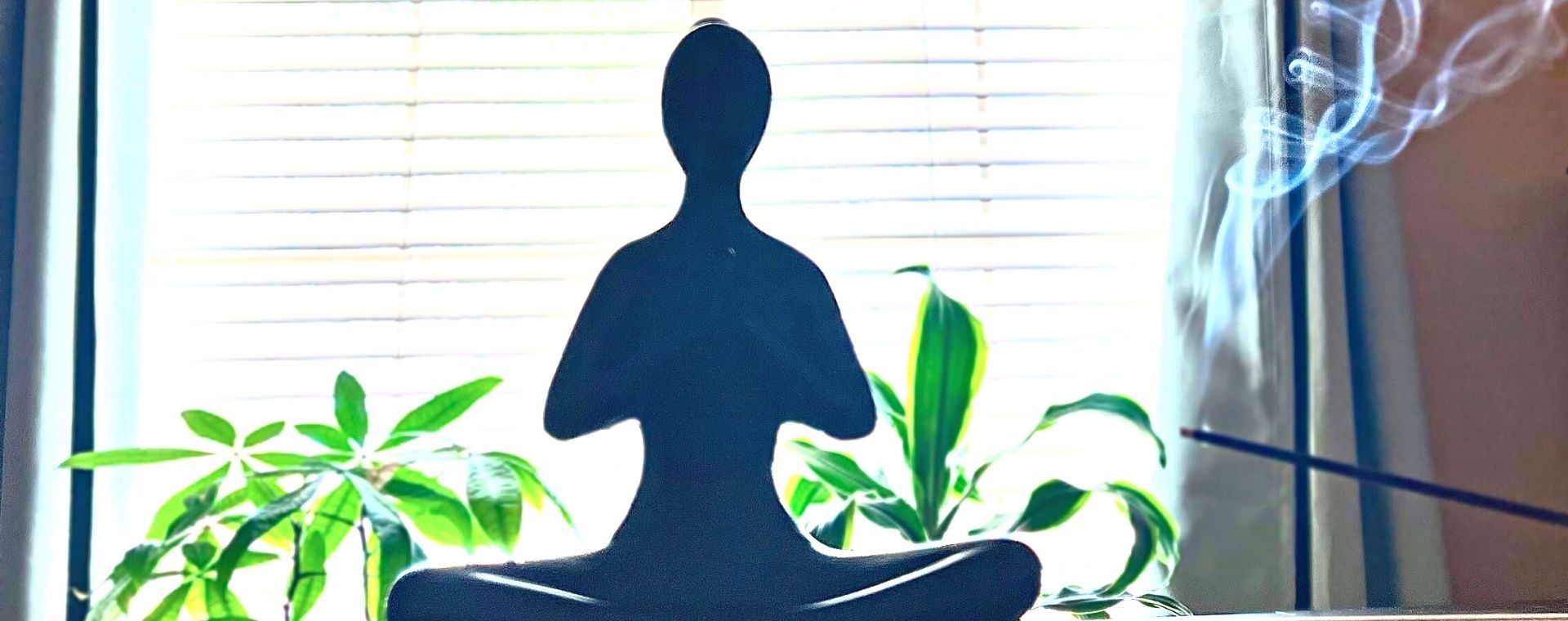The meaning behind minimalism comes with so many misconceptions and far fetched expectations. Yet once understood, this way of living becomes very practical and effortlessly maintained. In learning simple, effective ways to declutter your life, it becomes possible to start feeling lighter with this Guide to Living a Minimalist Life Today.
Understanding Minimalism
Minimalism IS NOT:
all about stripping your everyday living conditions of everything you own to fit into the modern-day ‘minimalist’ stereotypes that exist. There is not a one-size-fits all strategy that is going to mold into everyone’s personal preferences or circumstance.
However, there are some key qualities that living more minimally contain. These insights have the ability to enhance anyone’s current state of life or being when applied.
Minimalism IS:
all about discovering what provides our day-to-day experience with the highest value, functionality, or both. This means that we don’t get rid of everything we hold as truly valuable nor that is something we need to function optimally.
At the end of the day, what we end up keeping is our sanity that was buried deep beneath a pile of things we no longer need.
In following these ‘minimalist’ methods, you will find a balance that works the best for YOU.
The First Step: Finding Your Zone
Before diving into methods for decluttering our life as a whole, we need to zone in on a specific area as a clear starting point. This helps to immediately minimize one of the largest barriers in creating positive change: overwhelm.
When it comes to finding your zone, this is a process that helps build confidence through taking things one step at a time:
1. Choose a Section
Which area of your life, work, living environment, etc. has made your day-to-day experience the most difficult? Decluttering doesn’t always pertain to “things”, so take the time to really think about this question.
Tip: Don’t choose, “my whole house”… get specific! Bedroom closet, office, home entryway, kid’s bedroom, dinging area, pantry, etc.
2. Map it Out
Next, create a list of the top 3-5 that are hindering about your specific section: not enough space, too many things, unproductive layout, etc.
Make another list of the top 3-5 things that would help to make your section better: more organization, restructuring items, adding more useful and accessible storage solutions, etc.
Tip: You may need to refurbish, purchase, or obtain a few things to make the necessary improvements on your list.
3. Eliminate
One of the most difficult aspects learned throughout this process is understanding the art of letting go. That is why an entirely new section has been dedicated to the topic of establishing value and functionality.
Tip: Elimination may mean swapping out current items for more useable ones or simply just finding ways to rearrange what you already own in the most efficient way.
Establishing Value & Functionality
Now that you have properly zoned in and mapped out your section, it is time to eliminate! When it comes to the main task of minimizing excess in our everyday experience, breaking things down into 2 important factors will create more ease in this transition.
Function:
In your chosen section, take a mental inventory by scanning the area and deciding which items are necessary for you to function in your day-to-day lifestyle and routine. Function includes only items that you need to survive and thrive; think primary needs for physical and mental health only.
Value:
Take another inquiry of your section and decide which items provide you with the highest amount of personal value. These items may not be something you need to function, but their sentimental value brings your everyday experience incredible meaning; think primary needs to your emotional or spiritual wellbeing.
Before we are able to begin confidently making these decisions, it is important to first understand what our deepest values are. A process of knowing the self or learning self mastery and why it really matters.
The Final Step: Releasing Excess
After this mental evaluation of all items in your chosen zone, physically gather everything else that doesn’t contain the most optimal value, functionality, or both. If you need to phone a family member or friend to help you discern between what you actually need vs. what you think you need, do it!
Think about a meaningful way to release all of the items you have gathered; whether donating, giving to someone who needs them more, having a garage sale, etc. With all of the items remaining in your zone, recap your mapped out lists of what this section needs to transform it into the most functional and valuable space for you.
Tip: Grouping items into categories that work well together and creating specific areas within your chosen section for each of these categories is a life changer!
Maintaining a Minimalist Life
Choosing to live more minimally as learned throughout this guide is a conscious act of creating the most meaning out of what you ‘own’. Everything in your life will either serve a purpose or hold true to your highest values.
Maintaining this way of being is simple: address what is asking for your attention before your cup overflows. Also keep in mind that while a life lived more minimally appears to be about material things, it is just as much about who or what is affecting our emotional wellbeing.
Learn to bring more into your life as equally as you are willing to let go.
If you feel your sense of inner self needs more attention before tending to your outside environment, understand the importance of Self Mastery & Why it Really Matters.






